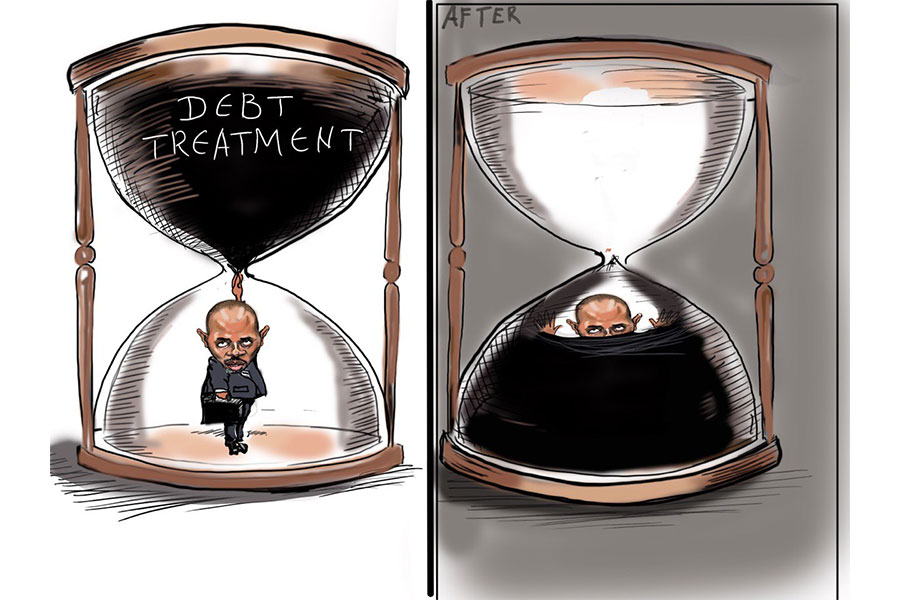
Editorial | Jul 17,2022
In the next two months, Norway-based boutique mining company Akobo Minerals will begin gold production south of the Akobo River, Gambela Regional State. The company has explored the gold project since 2010 despite completing drilling holes on 59 sites this year. The gold project is located in the Segele Shama gold district in the Dima Wereda 720Km southwest of the capital.
The current dimensions of the project allow for a processing capacity of over 113Kg per month at estimated monthly operation costs that may reach up to 300,000 dollars. The total capital expenditure up to initial extraction was estimated to be around 10 million dollars.
The mining license is held by Etno Mining Plc, the Ethiopian subsidiary within the ownership of Akobo Minerals, which has 99.97pc ownership. General Manager, Tesfaye Medhane, confirmed that the company will start manufacturing in early 2023.
The name Akobo is derived from a river that flows from Mizan Teferi to the Pibor River bordering South Sudan.
Another private company had an exploration license with a nearly identical name, "Akobo Mining Plc", in a converging location to the project area, at the same time as Etno Mining. The regional state issued a renewable exploration license of one year to Fikru Gebrekidan in 2009, 13 years ago. The licence is unacceptable to the Ministry of Mines as it neither passed through the proper "due diligence" nor did the regional state has the authority to issue a licence, according to the letter issued to the company a decade ago.
The legal dispute between the Ministry and this company was finally settled by a supreme court ruling that the company's claims were illegitimate.
"I nearly lost my mind," Fikru told Fortune.
He claims to have invested 20 million Br for exploration operations in that short stint.
The Ministry of Mines has netted over 500 million dollars in 10 months of the previous fiscal year from the export of gold, which is significant considering it was about 123 million dollars in 2019. This made gold the second largest export product of the country, only preceded by coffee which grossed almost 1.4 billion dollars last year.
A scoping study by Michael Lowry of SRK Consulting revealed an indicated estimate of 1.16tn at a grade of 20.1 grams of gold in the project area. SRK is an independent consultancy firm based in South Africa which conducted scoping study. The firm suggested in their study last year that the unknown depth of the artisanal mining in the area impacts the confidence of the geological survey.
Birhanu Jobrie is a lecturer at Bule Hora University and does contract work for mining companies.
"Gold mining is like a gamble," said Birhanu.
According to the engineer, the only thing holding back the mining sector is engagement from the private sector, as large-scale mining operations require large capital.
The project area under the Norwegian company currently covers 182sqkm of highly prospective geology site within the Arabian-Nubian Shield. The region has been home to artisanal miners for hundreds of years, particularly around Yubdo and Nejo areas a little North of the Akobo gold project. While this specific area within Dima was dispersedly populated before the company began its operations. The scoping study claimed that the area has close to 30,000 inhabitants, with small farming communities engaged in artisanal mining.
Elias Kasahun, a lecturer at Addis Abeba Science & Technology University, also considers artisanal mining to hinder the growth of large-scale gold mining. The expert said that when a deposit is confirmed, artisanal miners crowd in to eat off the mining companies' several years of labour and capital to explore the potential.
The CEO of Akobo Jorgen said, "sadly, there isn't much to go about on large-scale gold projects in Ethiopia." He hopes to attain a large-scale status in the future.
Midroc was Ethiopia's largest private mining company that received a mining license in 1997.
Even though they retained it within a year, MIDROC had its license suspended by the Ministry in 2018 following tension with locals in the project area, indicative of another hurdle in the mining industry. It is estimated that the company currently produces nearly three tons of gold annually, making it the most significant contributor to Ethiopia's gold exports.
Akata Cham, head of Gambela Mineral & Water Agency, said that it is difficult to get insight into the number of artisanal miners in the area.
"All we know is that they sell gold to the central bank," said Akata. The National Bank of Ethiopia recently raised the premium fee for artisanal miners from 29pc to 35pc. Akata also revealed the existence of three other mining companies under exploration despite not being willing to reveal their names.
According to the regional state press communication in early December, a team of advisors from the customs commission headed by Kefyalew Biyazen visited the Gambela Regional State to hold discussions with artisanal miners, particularly around Dima. They discussed the small 18Kg of gold handed to the central bank in November as indicative of large-scale contraband mining.
The Extraction Industries Transparency Initiative, which has 55 members, of which Ethiopia is one, estimated that Ethiopia's gold deposits are around 200tn. The Federal Ministry of Revenues collects 25pc corporate tax from the mining operations with a seven percent royalty fee to be collected by the Ministry of Mines. The royalty fees for most all mineral resources mined are between two and seven percent.
The expert Elias with nearly two decades of experience in the mining sector, explains that most of the mineral deposits are scattered, making pinpointing a domain area with specific output unlikely.
PUBLISHED ON
Dec 25,2022 [ VOL
23 , NO
1182]

Editorial | Jul 17,2022
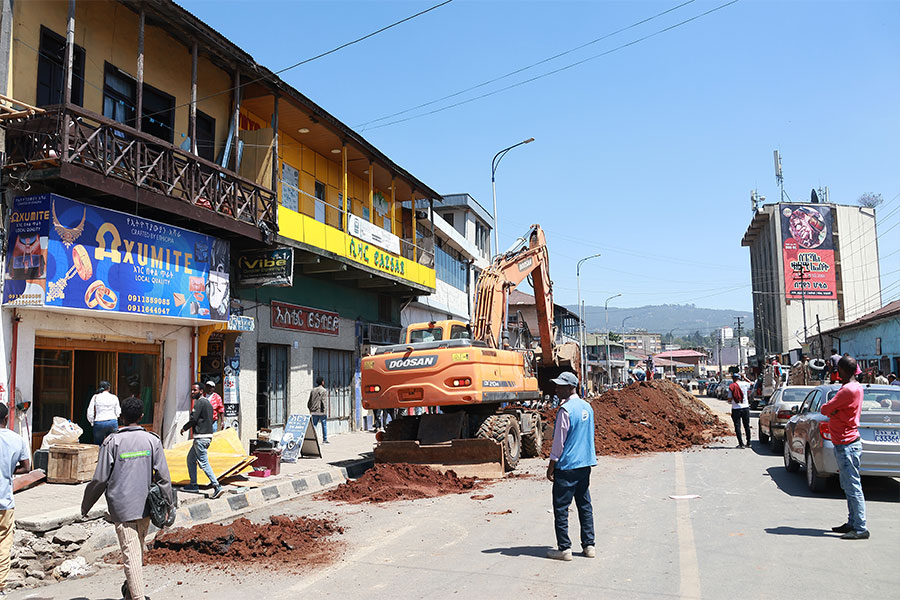
In-Picture | Mar 16,2024

Radar | Dec 08,2024
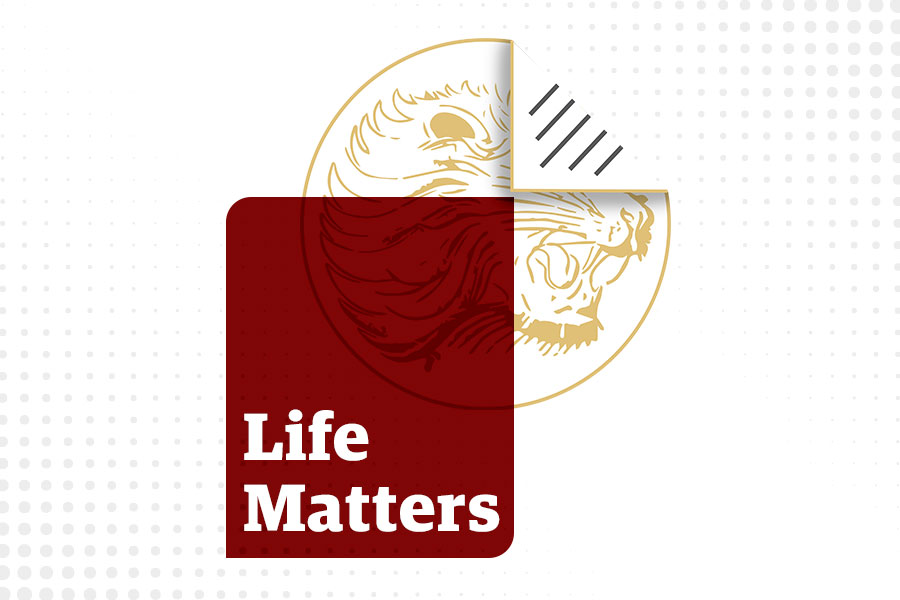
Life Matters | Sep 03,2022
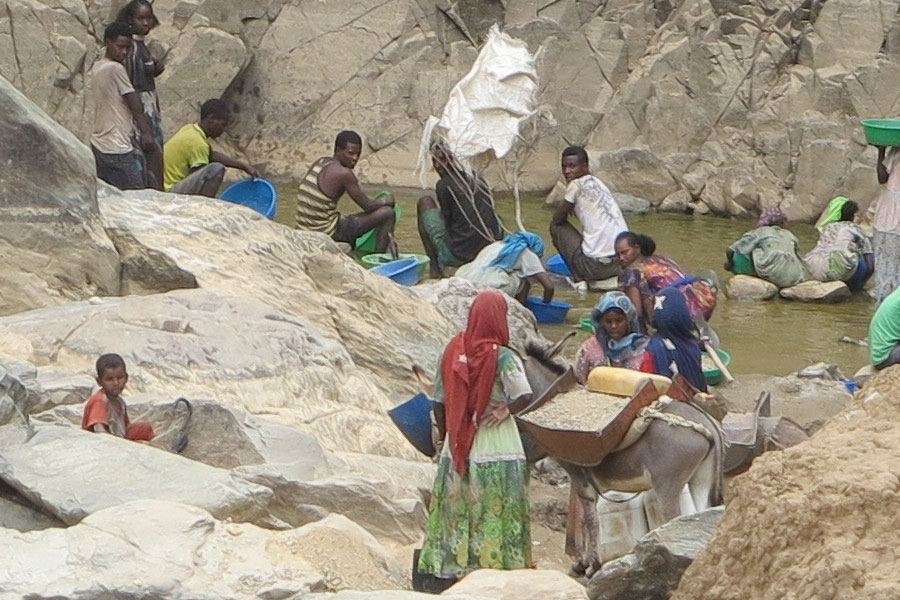
View From Arada | Jun 15,2019

Fortune News | Apr 03,2023
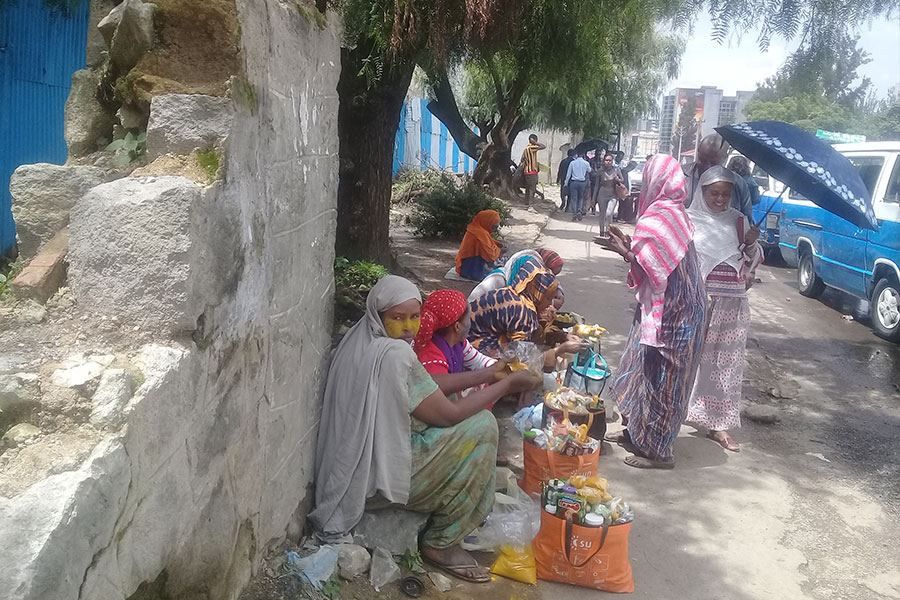
Radar | May 27,2023

Radar | Sep 22,2024
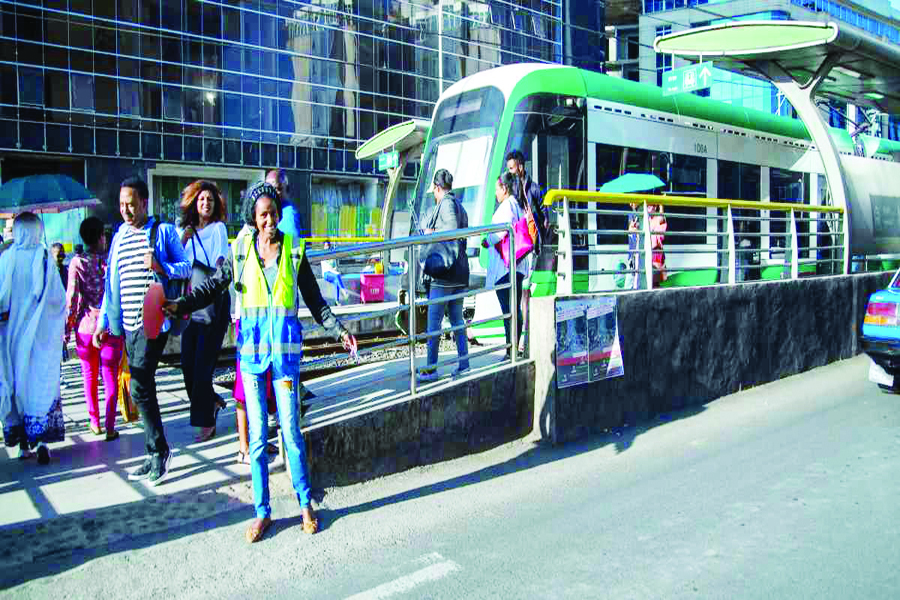
Fortune News | Jul 07,2024
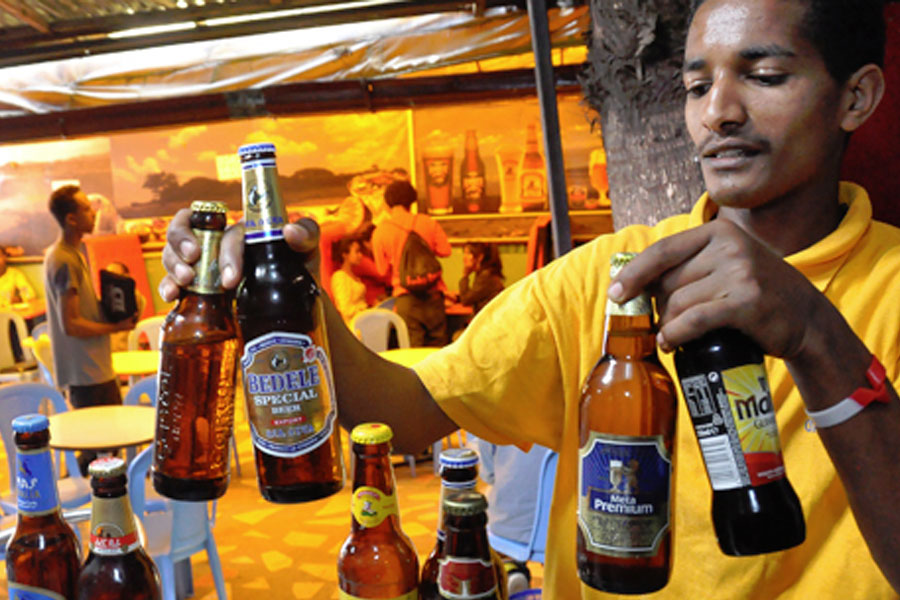
News Analysis | Mar 04,2023

Dec 22 , 2024 . By TIZITA SHEWAFERAW
Charged with transforming colossal state-owned enterprises into modern and competitiv...

Aug 18 , 2024 . By AKSAH ITALO
Although predictable Yonas Zerihun's job in the ride-hailing service is not immune to...

Jul 28 , 2024 . By TIZITA SHEWAFERAW
Unhabitual, perhaps too many, Samuel Gebreyohannes, 38, used to occasionally enjoy a couple of beers at breakfast. However, he recently swit...

Jul 13 , 2024 . By AKSAH ITALO
Investors who rely on tractors, trucks, and field vehicles for commuting, transporting commodities, and f...

Oct 18 , 2025
The political establishment, notably the ruling party and its top brass, has become p...

Oct 11 , 2025
Ladislas Farago, a roving Associated Press (AP) correspondent, arrived in Ethiopia in...

Oct 4 , 2025
Eyob Tekalegn (PhD) had been in the Governor's chair for only weeks when, on Septembe...

Sep 27 , 2025
Four years into an experiment with “shock therapy” in education, the national moo...